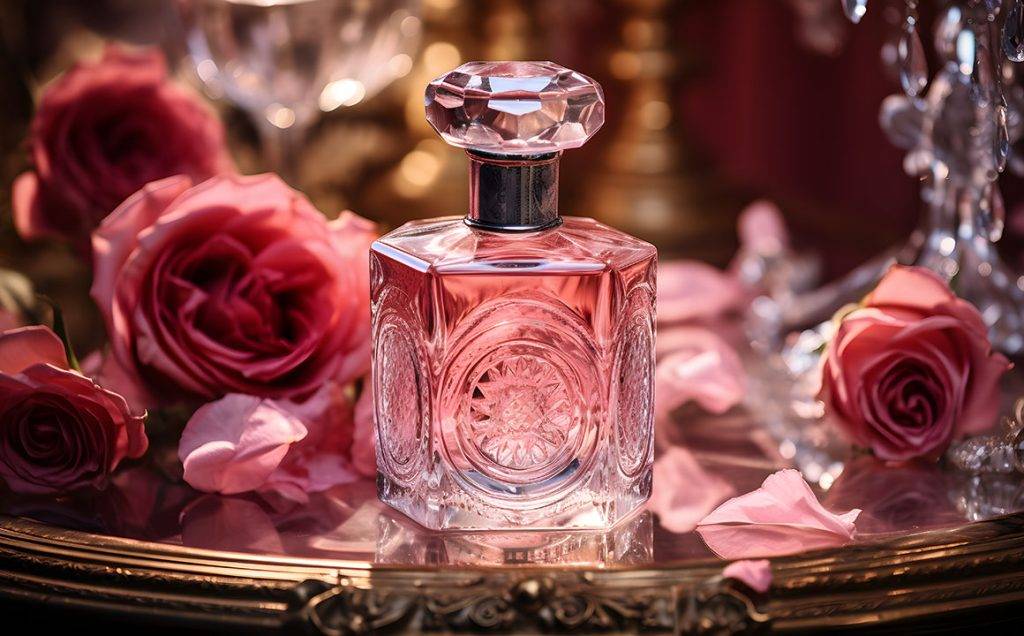Catching me with a bad hair day isn’t uncommon. The occasional pimple? Nothing to be ashamed of either. Walking around in my pajamas? Been there, done that. However, you will NEVER catch me smelling bad. I am obsessed with anything hygiene related, and I’m also a passionate fragrance lover. However, there’s one painful truth — sometimes fragrances flare up my migraine and just cause me to sneeze. So, what’s the solution? Natural perfume oils.
Because they sit so close to the skin and aren’t in aerosol form, they could be a wonderful solution for anyone who is sensitive to fragrances. And what’s even better — you can mix and match them to create your own unique fragrance. And that’s exactly what we’re going to teach you today. So let’s start with the basics of creating you own all-natural signature scent.
Fragrance 101
The first step is to familiarize yourself with fragrance notes – top, middle, and base. Top notes are the initial impression, middle notes give character, and base notes linger as the fragrance settles. Base notes are deeper and last the longest. Deeper woody scents are a great option for base notes. On the other hand, citrus oils would make a gorgeous top note. Most fragrances are a blend of 30% top notes, 50% middle notes, and 20% base notes. But it’s up to you to experiment and find the perfect balance that resonates with your preference.
Creating the Mix
Of course, you will begin with essential oils. This will be the heart and soul of your fragrance. Explore a variety of scents such as lavender, jasmine, sandalwood, or citrus oils like bergamot or lemon. Now, it’s time to choose carrier oils like jojoba, sweet almond, or fractionated coconut oil. They act as the base for your perfume, diluting the potency of essential oils while nourishing the skin.
Optional botanical extracts like vanilla or rose extract can add depth and uniqueness to your fragrance too. Of course, it’s up to you to choose the notes that you like. Personally, I’m a huge vanilla lover. So vanilla extracts are a must in any of my fragrances. However, not all vanillas are the same. So make sure you do your research and do some smelling tests before settling on something.
Blending Your Fragrance
Now it’s time to do the actual work. Set up a clean workspace. Use glass bottles or dropper vials for accurate measurements and easy blending. Begin by adding drops of your selected essential oils into a glass bottle, starting with the base notes, followed by middle and top notes. Experiment with different combinations until you achieve the desired scent. Once you’ve achieved your preferred scent, add carrier oil to dilute the blend. For every 10-20 drops of essential oils, use 1-2 tablespoons of carrier oil.
Testing and Adjusting
Apply a small amount of your blend to your skin to test the scent. Allow it to settle for a few hours to gauge how it develops on your skin. Fine-tune your blend by adding more essential oils or carrier oil to achieve the desired strength and scent profile. Keep a record of your blend ratios and ingredients used, allowing you to replicate or adjust your perfume in the future.

